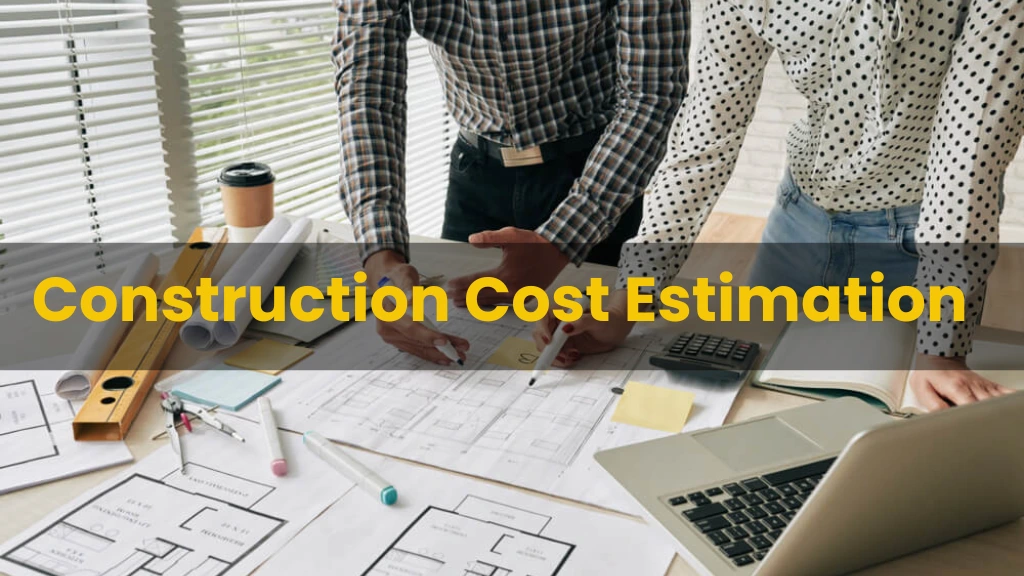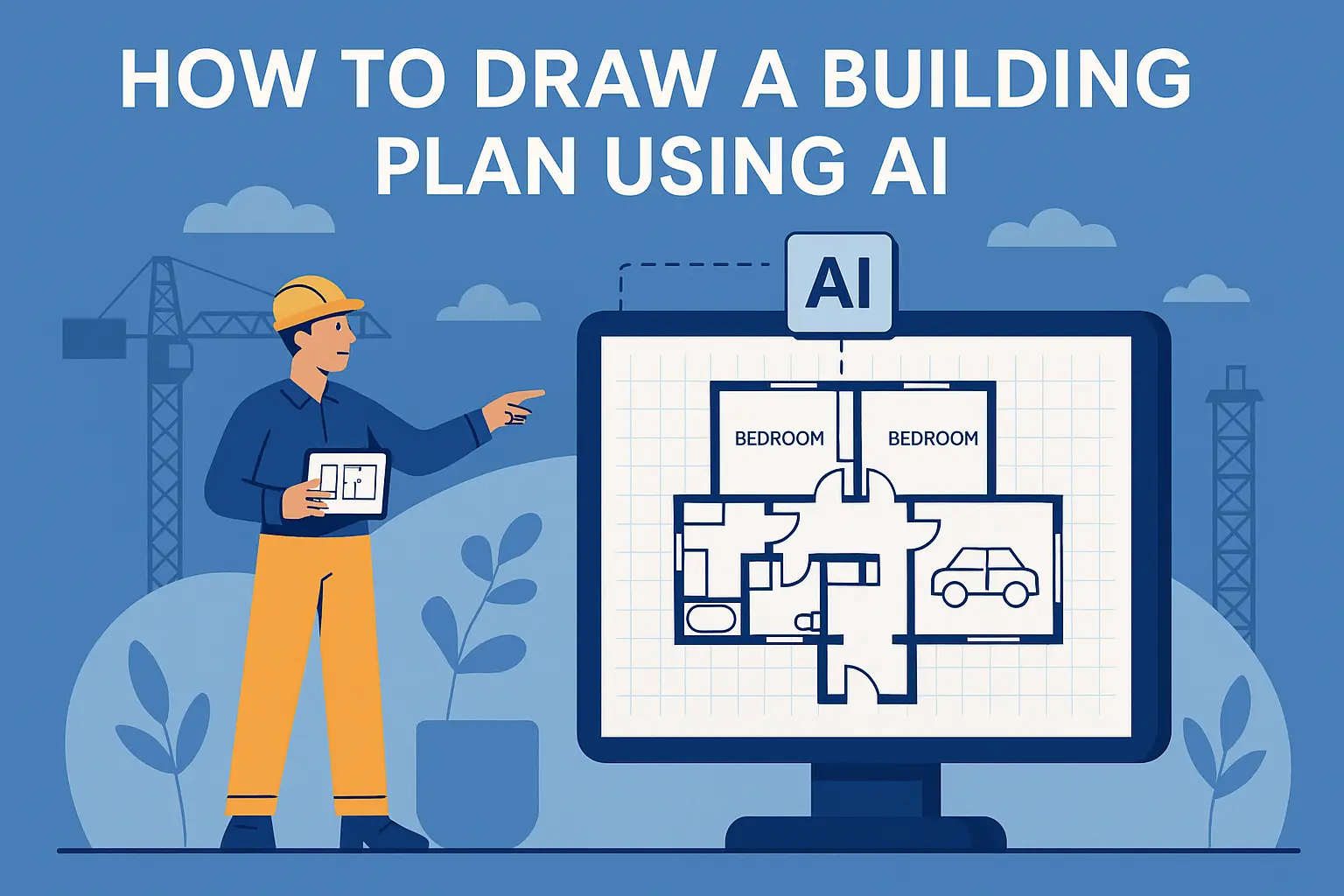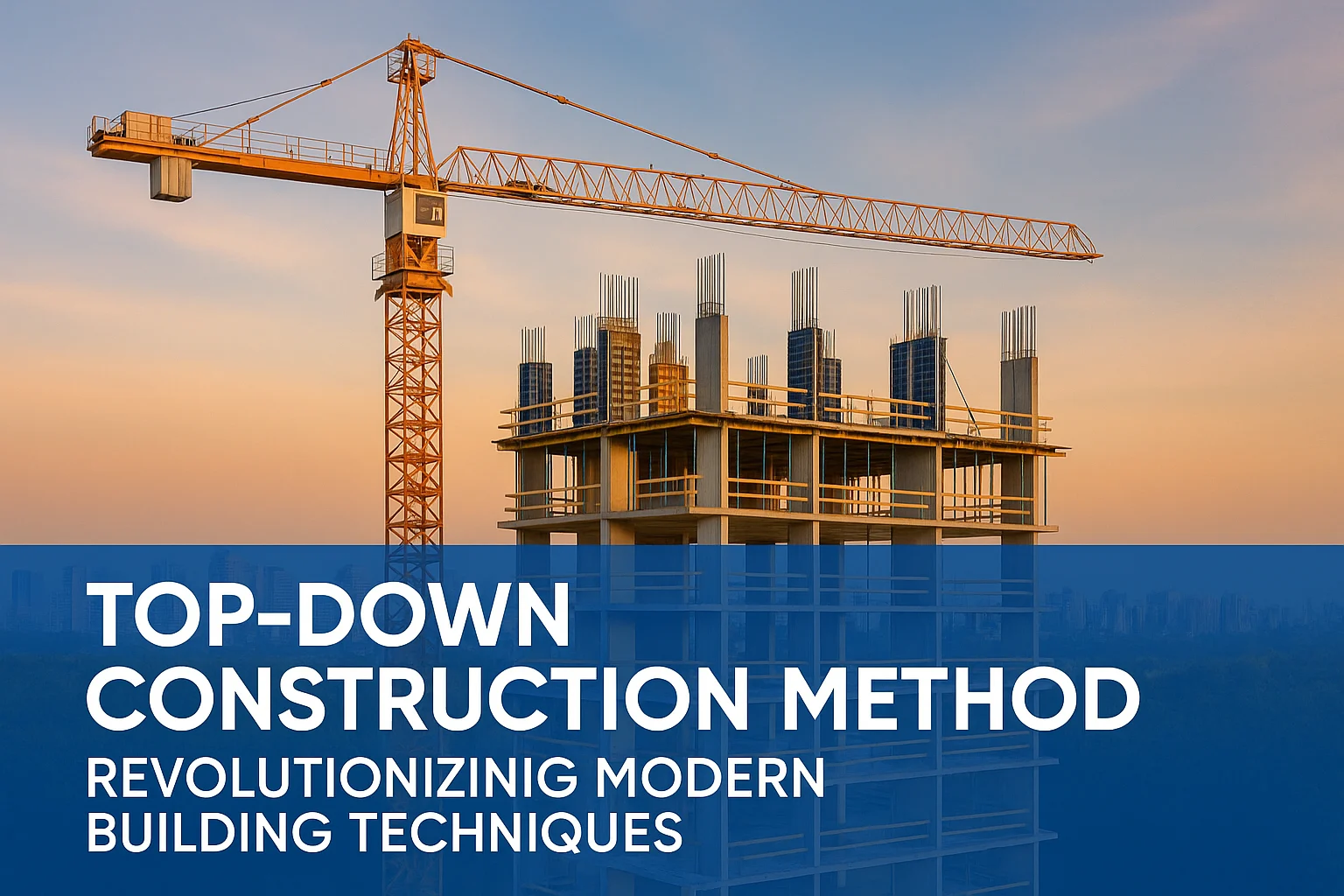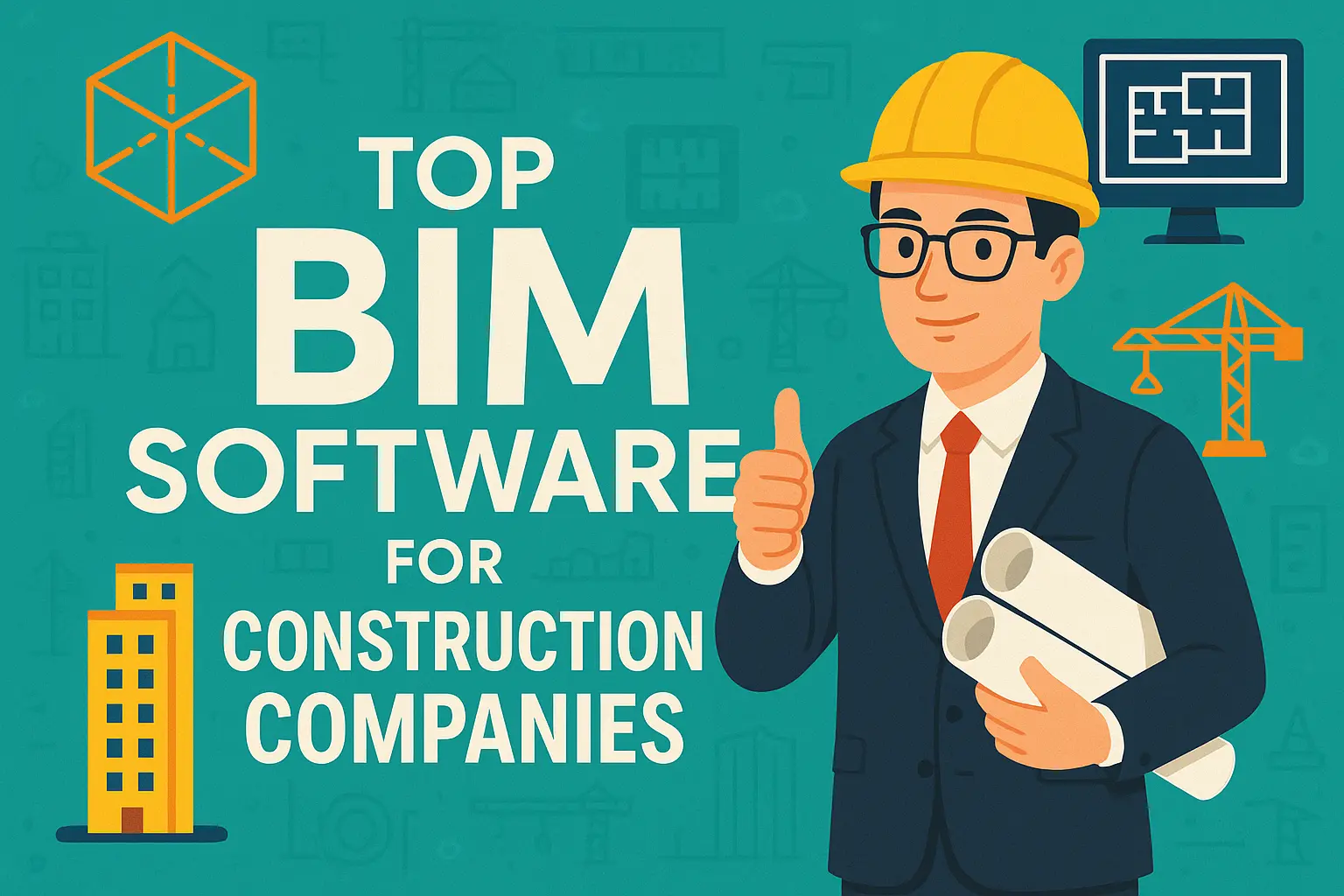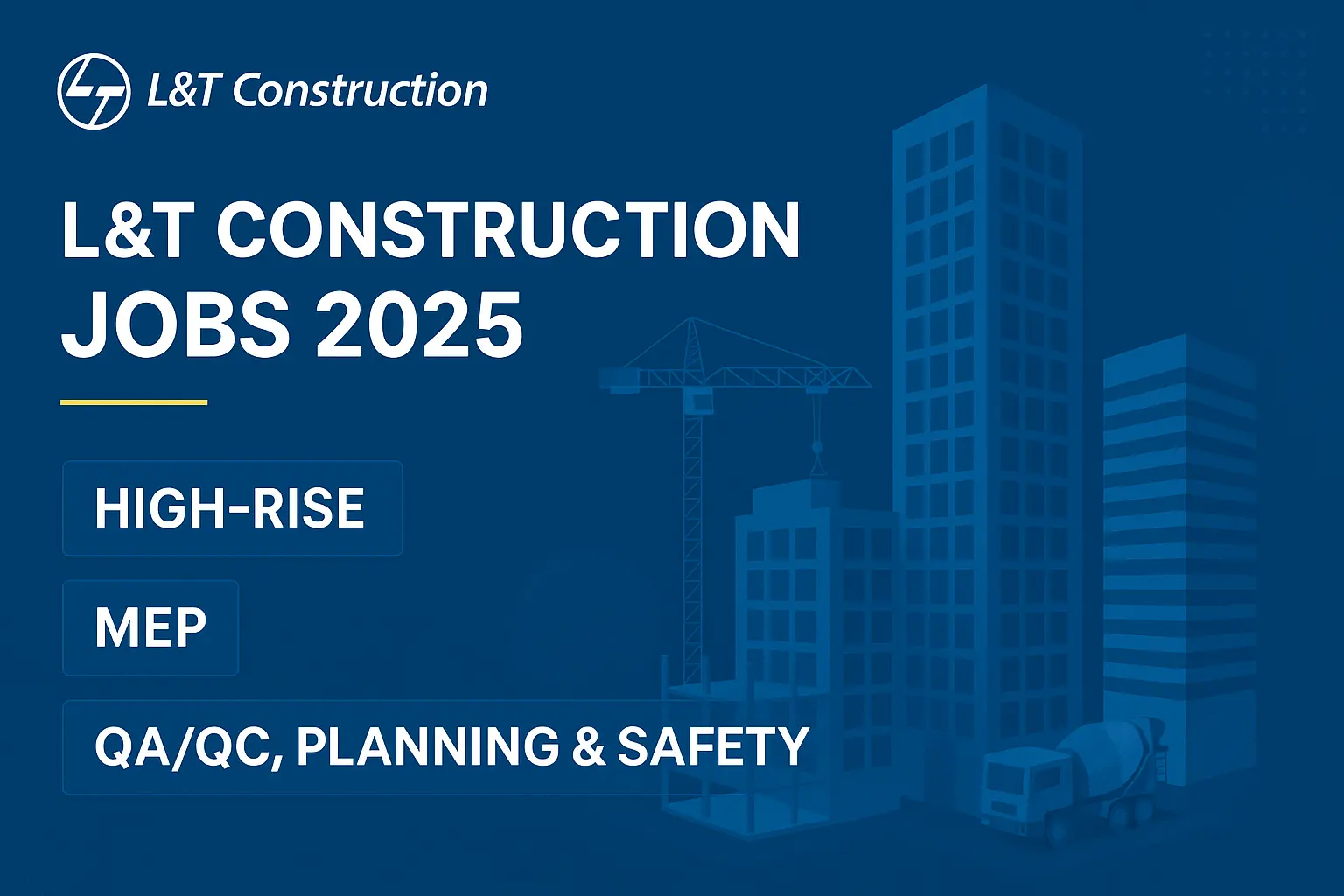A good construction cost estimate is essential to good project planning, budgeting, and execution. The cost estimate serves as a well-defined cost estimate for contractors, project managers, and stakeholders to be able to understand whether the project is financially feasible and whether the results would be of minimum risks and no or minimum cost overruns.
In this comprehensive guide, we will explore various estimation techniques and some essential tools and industry best practices that will assist in making accurate cost predictions of civil construction projects.
What is Construction Cost Estimation?
Cost estimation in construction serves to forecast all costs linked to finishing work on a project. It includes:
- The construction expenses consist of cement alongside steel together with bricks.
- Skilled as well as unskilled manual labor represents one of the expense categories.
- The expenses for equipment incorporate machinery and tools together with rental costs.
- The project expenses include administrative expenses together with insurance costs and permits.
- Contingencies (funds for unforeseen costs)
Project budget control depends on accurate estimates that meet quality standards and time-related requirements.
Methods of Construction Cost Estimation
Different methods enable organizations to establish project cost values. The appropriate estimation technique relies on both project size and data quantity in addition to its complexity.
1. Preliminary Estimate (Rough Estimate)
- Early planning teams use this technique to start their work.
- The estimates draw from previous data related to similar construction tasks.
- Project funding feasibility assessment happens through this method.
2. Detailed Estimate
- A thorough identification of all associated costs takes place in this estimation method.
- Requires construction drawings and specifications.
- High accuracy is achievable through this method although significant time investment and expert knowledge must be provided.
3. Quantity Takeoff Estimate
- Measures exact quantities of materials and labor.
- Uses blueprints and technical drawings.
- The specialized software plays a major role in executing these procedures.
4. Parametric Estimate
- This estimate applies statistical models with specific data points from each project.
- The estimates use variables such as area, volume and length as the basis for evaluation.
- Complex calculations for big projects find this estimation method the most appropriate.
5. Unit Cost Estimation
- The estimation method applies a fixed cost rate for units which can consist of square feet or cubic meters.
- Useful for quick assessments and government contracts.
6. Factor Estimate
- Cost indices from previous projects are used as a basis for the approach.
- This method functions best when cost breakdown information remains inaccessible.
7. Probabilistic Estimation (Monte Carlo Simulation)
- Risk assessment combined with probability analysis forms a part of this methodology.
- The method delivers multiple possible cost results.
- The process reveals potential cost changes so organizations can develop contingency plans.
Top Tools for Construction Cost Estimation
Current project budgeting processes gain improvements from modern software systems that boost prediction accuracy and working speed. Here are some popular options:
1. Microsoft Excel
- People commonly use this program to build personalized cost estimation worksheets.
- The program enables users to deploy formulas and apply macros in addition to using templates.
- Best for small to medium-sized projects.
2. Autodesk Quantity Takeoff
- This tool enables cost estimation using CAD drawings automatically.
- The system minimizes human mistakes while improving operational speed.
3. PlanSwift
- Digital takeoff and estimating software.
- Using this tool leads to quick and exact measurements of any blueprint.
4. CostX
- Offers 2D and 3D takeoff capabilities.
- The software shows comprehensive descriptions of expenses for extensive projects.
5. ProEst
- Cloud computing software delivers real-time cost analysis through its estimation platform.
- The software functions smoothly with both project management and accounting software platforms.
6. Building Information Modeling (BIM)
- The system presents an electronic depiction of construction projects.
- The software creates better working relationships between architects along engineers who work with estimators.
- The tool gives users a dynamic view of necessary materials together with their associated expenses.
Best Practices for Accurate Cost Estimation
1. Use Historical Data
- Rephrase the previous projects which had comparable project scope.
- The data needs adjustment for inflation factors as well as market price changes.
2. Conduct Risk Analysis
- Determine possible cost risks in advance then create actions to reduce their impact.
- The planning process includes allocating funds for unforeseen expenses as contingency funds.
3. Collaborate with Experts
- Experts in engineering as well as architecture and financial analysis should join the project.
- Experienced personnel should use their practical knowledge to correct forecasted values.
4. Regularly Update Cost Data
- Monitoring material prices alongside labor costs should be an ongoing process.
- The use of current data points will enhance the accuracy of calculations.
5. Automate with Software
- Cost estimation tools should be implemented since they minimize human error in manual processes.
- Integrate with project management platforms.
6. Document Assumptions & Adjustments
- Create clear definitions that specify all underlying cost hypotheses and estimation systems.
- All changes should receive documentation to guarantee transparency.
7. Validate Estimates
- Cross-check estimates with industry benchmarks.
- Conduct peer reviews for accuracy.
Conclusion
When it comes to construction cost estimation, there are particular steps that, when followed, will help reduce the financial risk involved. This handy information about the variety of methods, tools, and principles that should be applied in the construction field will help construction professionals make accurate and effective budgeting decisions.
As technology advances, combining AI-based cost-estimating tools with market data feeds will improve the refinement of design plans and programs for construction projects.
Therefore, it is the encouragement of would-be contractors and project managers to adopt the following guidelines in their projects to get a realistic cost estimate, avoid risks, and complete projects to the set budget.
Read More: Smart Cities in India: Technologies and Challenges
FAQs Construction Cost Estimation
1. What is the best way to estimate the construction cost?
The detailed estimate method is the most accurate because it considers all the costing components i.e. materials, labor, and overheads.
2. What is the connection between inflation and construction cost estimation?
Material, rate of labor, and equipment costs all take a hit from inflation. Cost indices and escalation factors are used by estimators to adjust estimates.
3. Why is contingency incorporated into cost estimation?
Unforeseen expenses, design modifications, and risks get taken care of by contingency funds.
